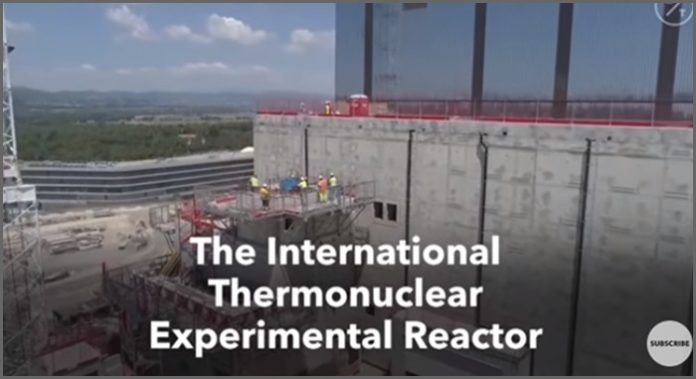July 29 (UPI) — Assembly on the world’s largest nuclear fusion project began Tuesday in France as a coalition of 35 countries seeks to replicate the reactions that power the sun to generate clean energy.
The approximately $23 billion International Thermonuclear Experimental Reactor, or ITER, is expected to be assembled by 2025 when it is expected to become the first to achieve a “burning” of self-heating plasma that can generate 10 times more heat than is originally provided.
“Constructing the machine piece-by-piece will be like assembling a three-dimensional puzzle on an intricate timeline and with the precision of a Swiss watch,” ITER director-general Bernard Bigot said.
Millions of components, including 3,000 tons of superconducting magnets and more than 100 miles of superconducting cables, will be combined to assemble the reactor that will weigh 23,000 tons.
Nuclear fusion releases significant amounts of energy, while the process does not produce carbon dioxide and, unlike nuclear fission reactors, cannot melt down and produce less radioactive waste.
Scientists have successfully achieved fusion, but it has only been done for short periods of time and has not produced more energy than needed to make the fusion reaction occur.
“Delivering fusion energy for humanity is far from easy. It requires combining the scientific knowledge of astrophysics with the technical know-how of nuclear power engineering,” Michael Mauel, a professor of applied physics at Columbia University, told CBS News.
Japanese Prime Minister Shinzo Abe praised the project as a move toward addressing the climate crisis.
“I believe disruptive innovation will play a key role in addressing global issues, including climate change and realizing a sustainable carbon-free society,” said Abe.







